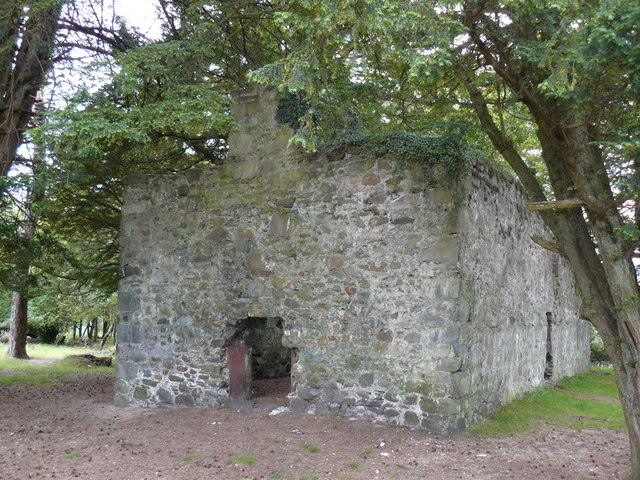Inchmoan on:
[Wikipedia]
[Google]
[Amazon]
Inchmoan ( gd, Innis na Mòna or meaning '
article which mentions it
peat
Peat (), also known as turf (), is an accumulation of partially decayed vegetation or organic matter. It is unique to natural areas called peatlands, bogs, mires, moors, or muskegs. The peatland ecosystem covers and is the most efficient ...
island') is an island in Loch Lomond
Loch Lomond (; gd, Loch Laomainn - 'Lake of the Elms'Richens, R. J. (1984) ''Elm'', Cambridge University Press.) is a freshwater Scottish loch which crosses the Highland Boundary Fault, often considered the boundary between the lowlands of C ...
, Scotland
Scotland (, ) is a Countries of the United Kingdom, country that is part of the United Kingdom. Covering the northern third of the island of Great Britain, mainland Scotland has a Anglo-Scottish border, border with England to the southeast ...
.

Geography
It is one of an island group just south ofLuss
Luss (''Lus'', 'herb' in Gaelic) is a village in Argyll and Bute, Scotland, on the west bank of Loch Lomond. The village is within the Loch Lomond and The Trossachs National Park.
History
Historically in the County of Dunbarton, its origina ...
. Only a short stretch of water separates it from the island of Inchcruin
Inchcruin is an island in Loch Lomond in Scotland. It is not to be confused with Creinch, which has occasionally been referred to as "Inchcroin".
Geography
Inchcruin is one of an island group just south of Luss. It is long, and in elevation ...
. The connection between Inchcruin and Inchmoan is very shallow, only , and it is possible to wade between the islands.Worsley, Harry ''Loch Lomond: The Loch, the Lairds and the Legends'' Lindsay Publications (Glasgow) 1988
Inchmoan is known for its large sandy beaches, and is low lying, and marshy.
Wilson, Rev. John ''The Gazetteer of Scotland'' (Edinburgh, 1882) Published by W. & A.K. Johnstone There are shingle beaches on either side of the island, meaning that on a sunny day, at least one is sheltered. For this reason and others, it is popular with campers and picnickers.
The island was once owned by the Colquhouns of Luss, and now owned by Luss Estates. A large two-storey ruin stands at the western point but no record exists of any occupants.
The name of the island stems from its use by the Luss people as a source of Peat fuel for the village fires.
The beaches and bays are sandy and comparatively safe for bathing but the interior is, in places, totally impassable due to the dense growth of rhododendrons, gorse and other spreading trees.
Privately owned, the island is about long, with a highest point about in elevation.
The island was used for peat fuel for nearby Luss
Luss (''Lus'', 'herb' in Gaelic) is a village in Argyll and Bute, Scotland, on the west bank of Loch Lomond. The village is within the Loch Lomond and The Trossachs National Park.
History
Historically in the County of Dunbarton, its origina ...
http://www.loch-lomond.net/islands/inchmoan.html Loch Lomond net.Garnett, T. (1800). ''Observations on a Tour of the Highlands'' ... London. V.1. p. 42.
History
Stone Age tools have been found on Inchmoan, suggesting it has had an occasional human presence for a number of years. There is also the ruin of a cottage on the island.Flora
Despite its peaty name, Inchmoan has a wide variety of plant life, including pear, blueberry, alder, gorse, birch, rhododendron, Scots pine and bog myrtle.References
External links
* https://web.archive.org/web/20090710015304/http://lochlomond-islands.com/article which mentions it
Moan
Paralanguage, also known as vocalics, is a component of meta-communication that may modify meaning, give nuanced meaning, or convey emotion, by using techniques such as prosody, pitch, volume, intonation, etc. It is sometimes defined as relati ...
Sites of Special Scientific Interest in Scotland
Uninhabited islands of Argyll and Bute
{{Argyll-geo-stub